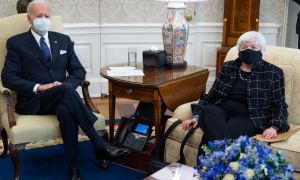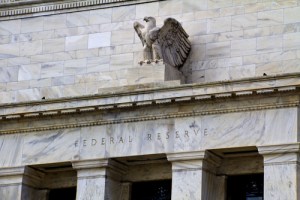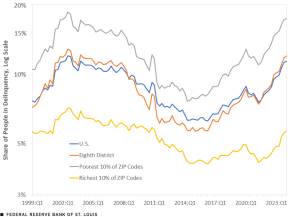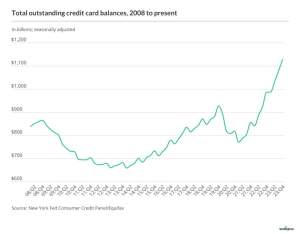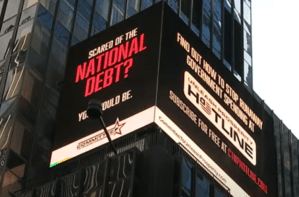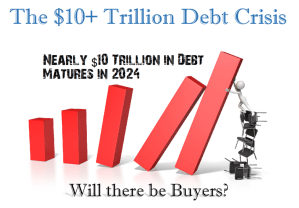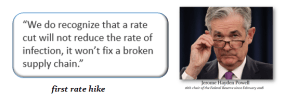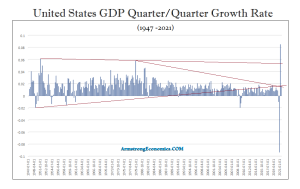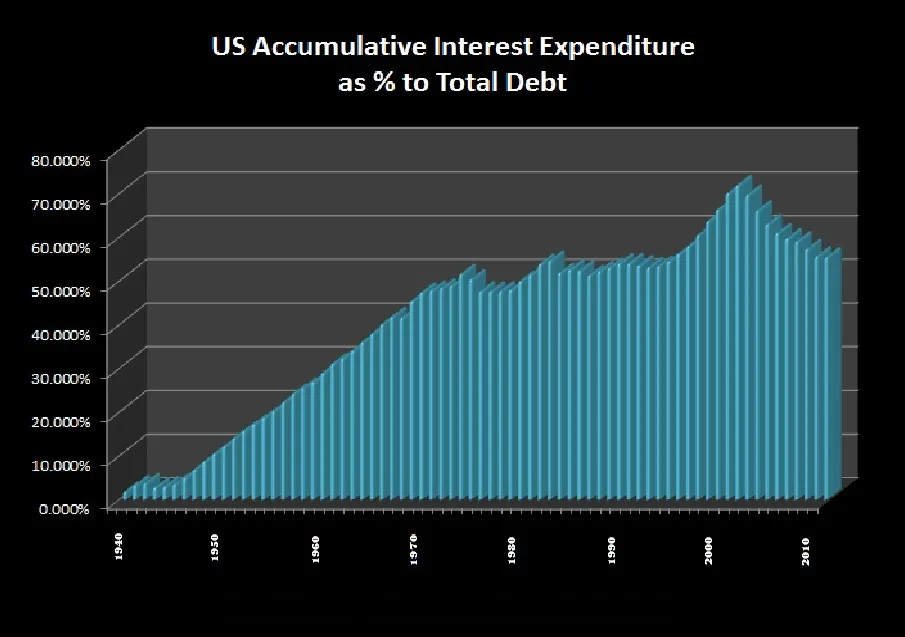flation
Posted Jul 2, 2024 By Martin Armstrong
Treasury Secretary Janet Yellen once again is once again gas lighting the public to believe that the Biden Administration has inflation under control. When questioned about the rising prices at grocery stores, Yellen denied that prices have soared astronomically.
“I think largely it reflects cost increases, including labor cost increases that grocery firms have experienced, although there may be some increases in margins,” Yellen, who has a net worth of $20 million, stated. She later touted that she met with several grocery store CEOs who said they were cutting costs. After all, Biden has continually blamed “greedy corporations” for rising food prices. “I think that’s to be applauded, I think that kind of thing is helpful, but I would be reluctant to agree that we should be centralizing agriculture,” Yellen added.
She also stated, once again, that the Fed will reach the arbitrary 2% target by next year. Treasury Secretary Janet Yellen is proof that the establishment is completely clueless when it comes to the lives of the average citizen. This is the same Treasury Secretary who touted, “People are better off than they were pre-pandemic.” She is all-in on the globalist agenda to sacrifice the economy of the United States on behalf of foreign interests.
Yellen has said that the US has not done enough for Ukraine, despite sending more money than Zelensky has time to spend or circulate back into the military-industrial complex. When questioned about America’s immediate involvement in Israel after the Hamas attack, the Treasury Secretary proclaimed America could “certainly” afford two wars, or rather, the government would “certainly” be willing to tax the public to afford the cost of two wars and send your sons and daughters to die fighting them.
A popular video is circulating the internet of a man who was shocked to discover that the exact same groceries he purchased in 2022 for $126.67 now cost an alarming $414.39. He was shopping at Walmart, arguably one of the most affordable grocery chains. Yet they alter the numbers to claim that food inflation has come down since last year. They say food inflation in America eased to 2.1% in May, making similar claims of declining costs throughout the West. Food inflation has run rampant, and the figures projected by governments are a LIE.
We once had Treasury Secretaries who actually attempted to align national interests with policies. That is no longer the case within Biden’s cabinet for absolutely everyone has sold out to the globalist cabal. It was Yellen who admitted America’s largest spending package, the Inflation Reduction Act, was merely a scheme to push forward the climate change agenda. “The Inflation Reduction Act is, at its core, about turning the climate crisis into an economic opportunity,” Yellen admitted earlier in the year. She has never been concerned about inflation or the average American citizen who has been forced to reduce their quality of life.

